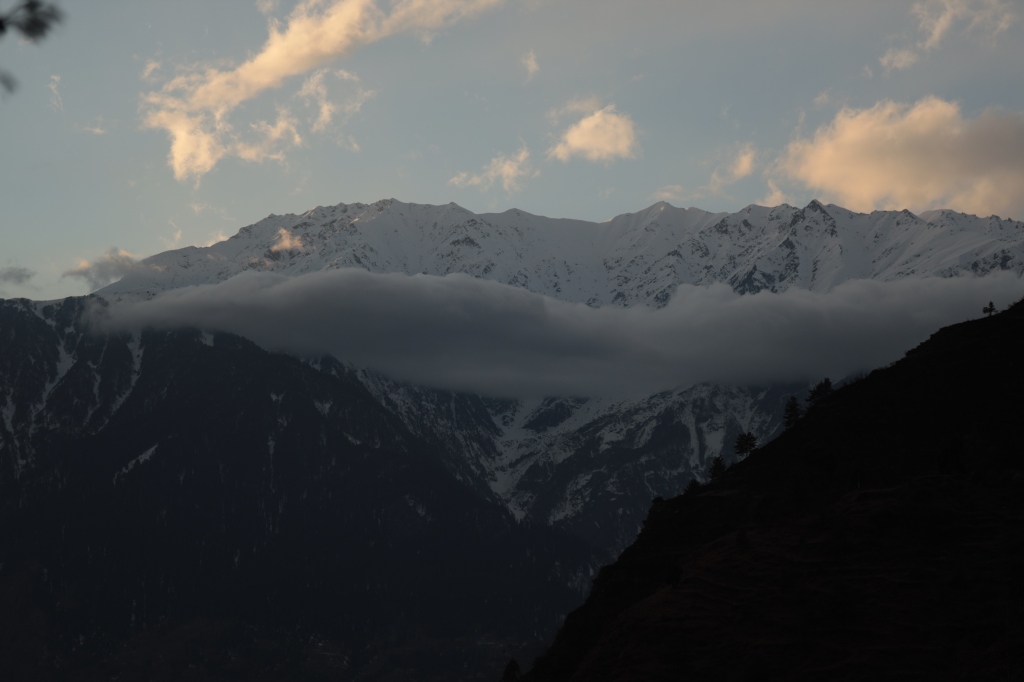Live in Harmony with Nature
Join Us and Explore the geographic space and adventures in nature.

Explore Our Planet
Explore and Learn our precious Biomes and Natural habitats…
# O U R P L A N E T

Create for Nature
# C R E A T O R S F O R N A T U R E

Experience Gratitude
Live in Nature and Experience Life with Gratitude….
# G R A T I T U D E
“NATURE ONCE DETERMINED HOW WE SURVIVE…
NOW, WE DETERMINE
HOW NATURE SURVIVES “
Sir David Attenborough says at Our Planet Premiere
HOLOCENE TO “ANTHROPOCENE”
THE ORIGIN
The story Begins with the appearance of matter and energy giving birth to the Universe with infinite worlds of Galaxies, Stars and Solar systems.
By the formation of planet Earth around the Sun, and the emergence of life in water and land; diverse groups of plants and animals thrived on our planet.
Over Time, our planet’s land masses have separated, drifted apart and collided, resulting in the creation of novel climates and habitats; and every organism has evolved adapting to their respective habitats.
And here we are pursuing our journey from an animal of no significance to the wisest beings of all, dominating the planet, and entered the period – what scientists call – “Anthropocene” – the Age of Human Beings…
HOLOCENE TO “ANTHROPOCENE”
Homo erectus appeared almost 2 million years ago at a time when the global climate changed, making Africa drier and more open.
-50,000 TO -10,000
Megafauna Extinction
Many periods of Earth’s geological history are defined by extinctions, but this time Neanderthals had a profound role due to overhunting. North America lost 72 percent of its large mammals, South America 83 percent, and Australia 88 percent by about 11,000 years ago.
-40,000
Neanderthal extinction
Neanderthal extinction refers to the sudden disappearance of Neanderthals (Homo neanderthalensis) during a time when modern humans (Homo sapiens) began to emerge in Eurasia.
-11,700
Beginning of the Holocene
In the last 11,700 years, which geologists refer to as the Holocene, we have lived in a “Garden of Eden” with a remarkably stable climate, on a global scale. This stability is now being threatened by human action. The Holocene encompasses the growth and impacts of the human species worldwide, including all its written history, development of agriculture and major civilizations, and overall significant transition toward urban living in the present.
-11,000
Origin of farming
Humans invented farming more or less simultaneously in Southwest Asia, South America and North China, as long as 11,000 years ago. From this period of time agriculture started to impact ecosystems, biodiversity and the cycles of nature.
-11,000 TO -9,000
Domestication of cattle
The tribes that took part in hunting and gathering wild edible plants, started to make attempts to domesticate dogs, goats, and possibly sheep, which was as early as 9000 BC in Southwest Asia.
-8 000
Extensive farming with large scale ecological effects
Within a few thousand years of its inception, farming was all over Europe and Asia − benefiting societies, but not without decimating ecosystems (e.g. deforestation)
1543 TO 1687
Scientific Revolution
The scientific revolution was the emergence of modern science, when developments in mathematics, physics, astronomy, biology (including human anatomy) and chemistry transformed views of society and nature.
1760
Industrial Revolution
Large-scale combustion of coal, oil, and gas enables the transition to new manufacturing processes, from manual to mechanical.
1950
The Great Acceleration
The last 60 years have without doubt seen the most profound transformation of the human relationship with the natural world in the history of humankind. Many more novel materials from minerals to plastics to persistent organic pollutants and inorganic compounds appeared.
2020 ???
Dominated by the Covid 19 Corona virus, the entire operation around the globe shut down for months and still counting.
IS THIS REALLY A WAKE UP CALL?
The Anthropocene defines Earth’s most recent geologic time period as being human-influenced, or anthropogenic, based on overwhelming global evidence that atmospheric, geologic, hydrologic, biospheric and other earth system processes are now altered by humans.
The last 60 years have without doubt seen the most profound transformation of the human relationship with the natural world in the history of humankind.
BE THE BEGINNING
CREATE FOR NATURE… INSPIRE THE FUTURE
If we can see the world through the eyes of an explorer and place life’s diversity into a geographic context, we can deepen our appreciation of natural assets and adapt to our changing planet.
Looking at what makes up an area of biodiversity, its history and how it bounds the distributions of many different organisms, is the first step toward understanding our natural world in its entirety.